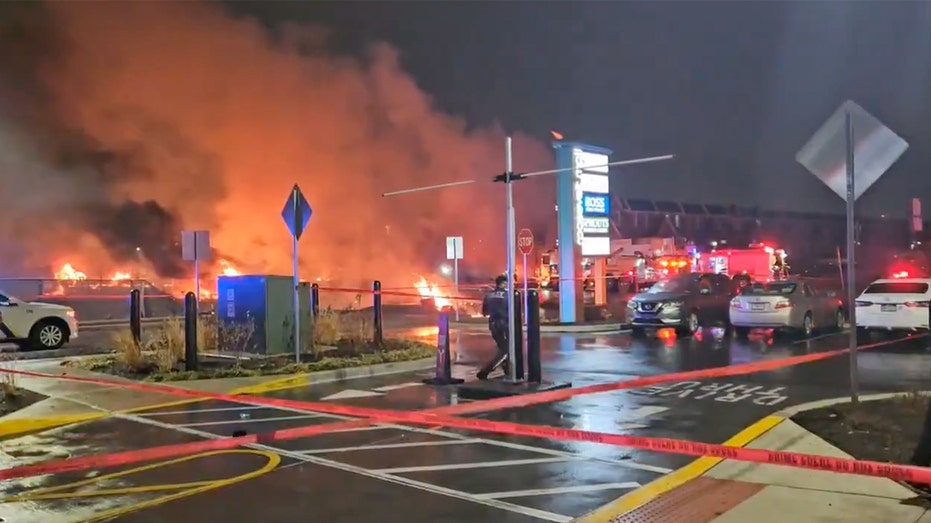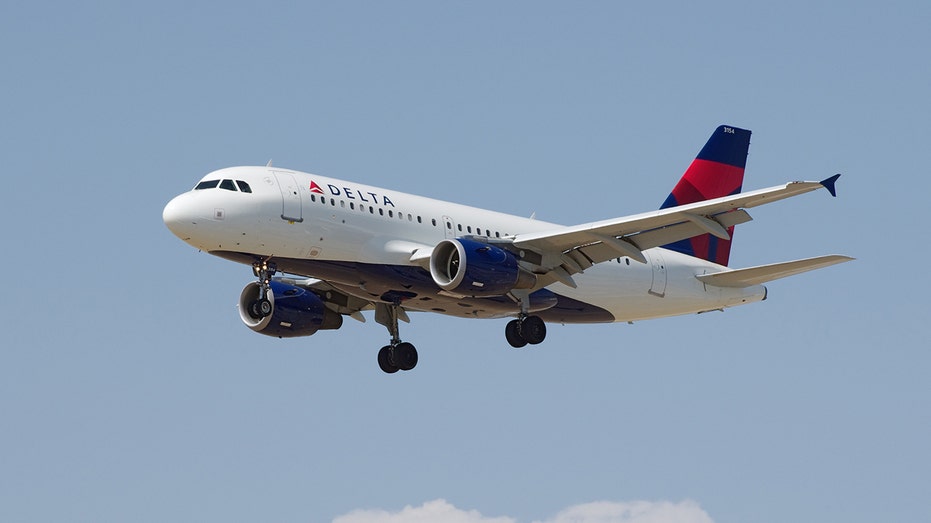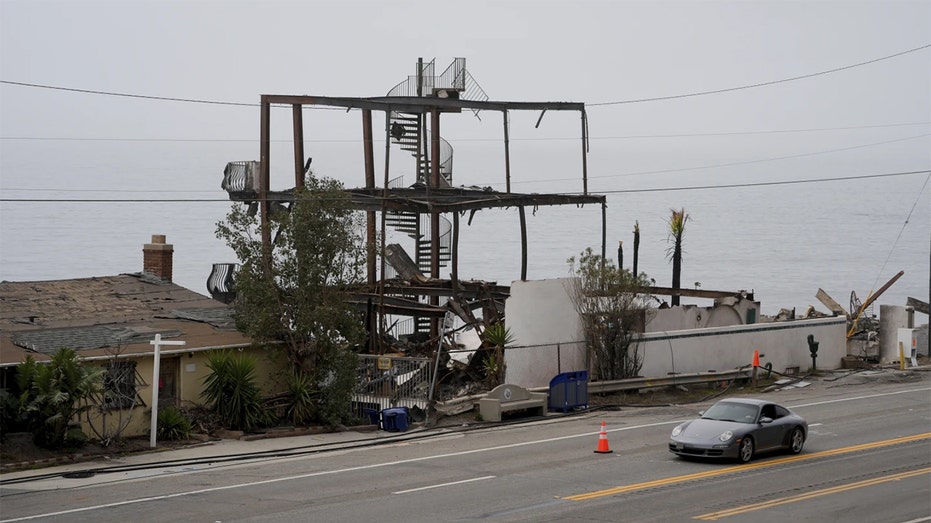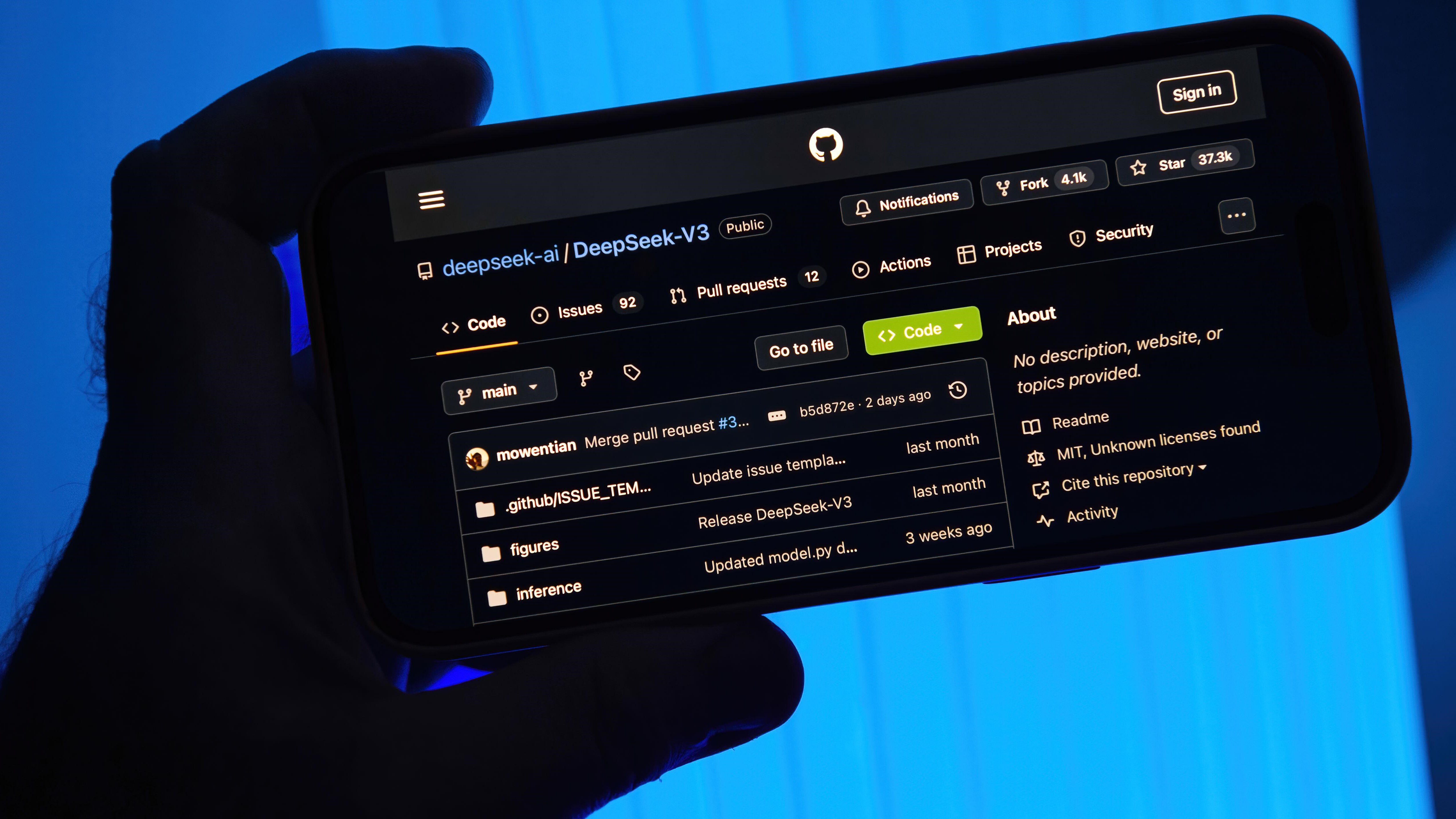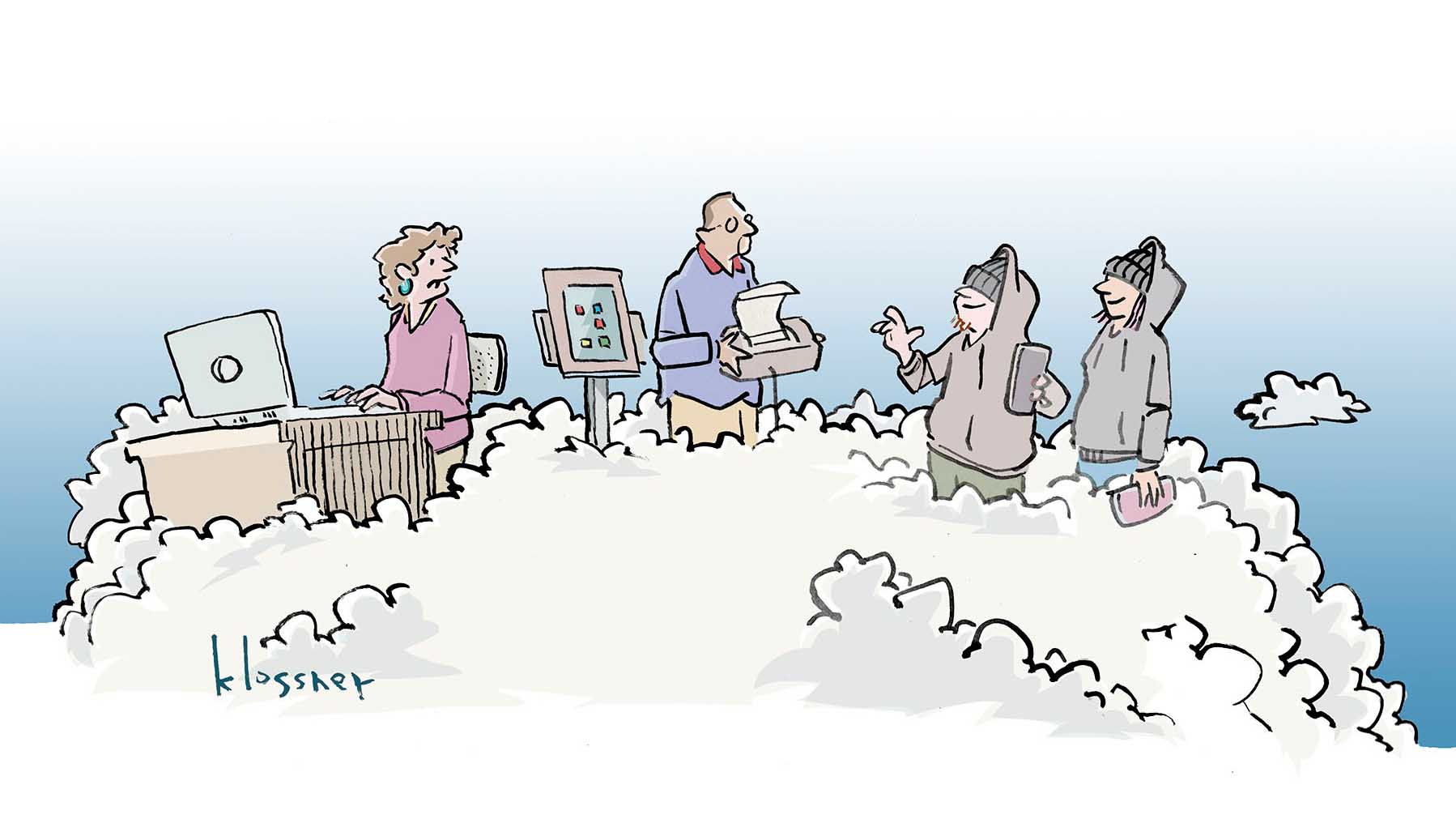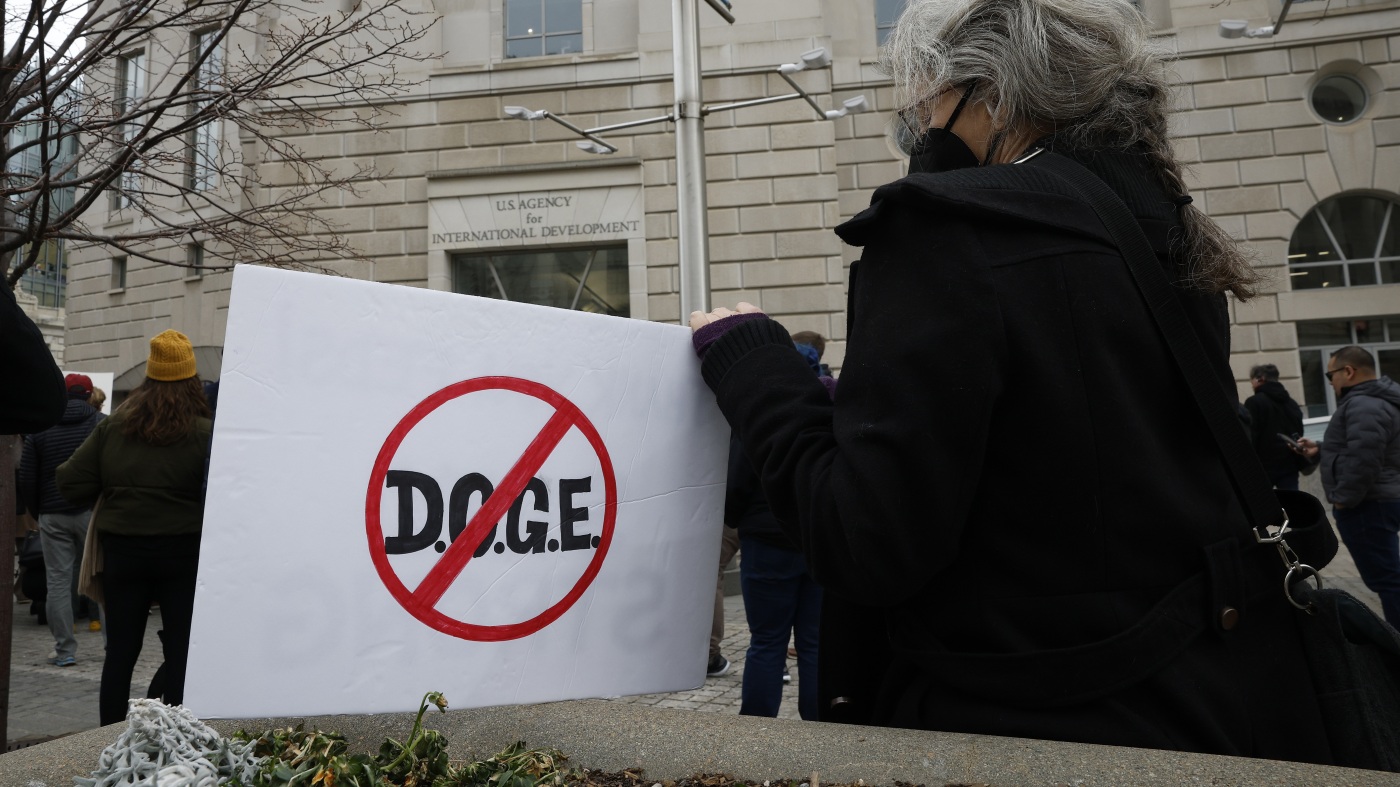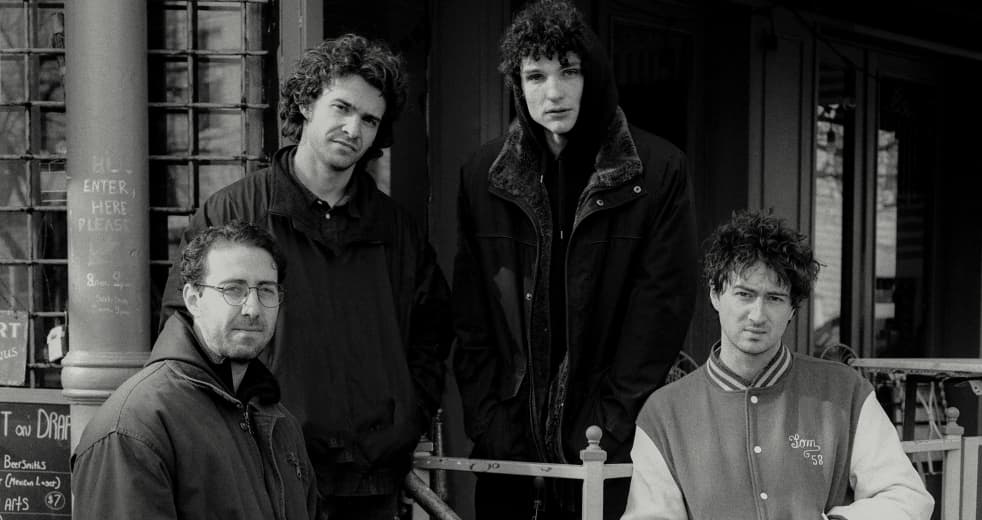What to do when an airline loses your luggage
Editor’s note: This post has been updated with new information. We usually don’t expect our luggage to get lost. However, if you’ve ever spent what feels like an eternity staring at a baggage carousel waiting for your bags to spin your way, only to discover you’re the last one standing there, no bag in sight, …

Editor’s note: This post has been updated with new information.
We usually don’t expect our luggage to get lost. However, if you’ve ever spent what feels like an eternity staring at a baggage carousel waiting for your bags to spin your way, only to discover you’re the last one standing there, no bag in sight, you know that even the best-laid travel plans can go awry.
Unfortunately, bad things can happen to good luggage; so, here are some easy steps to follow if an airline delays or loses your bag.
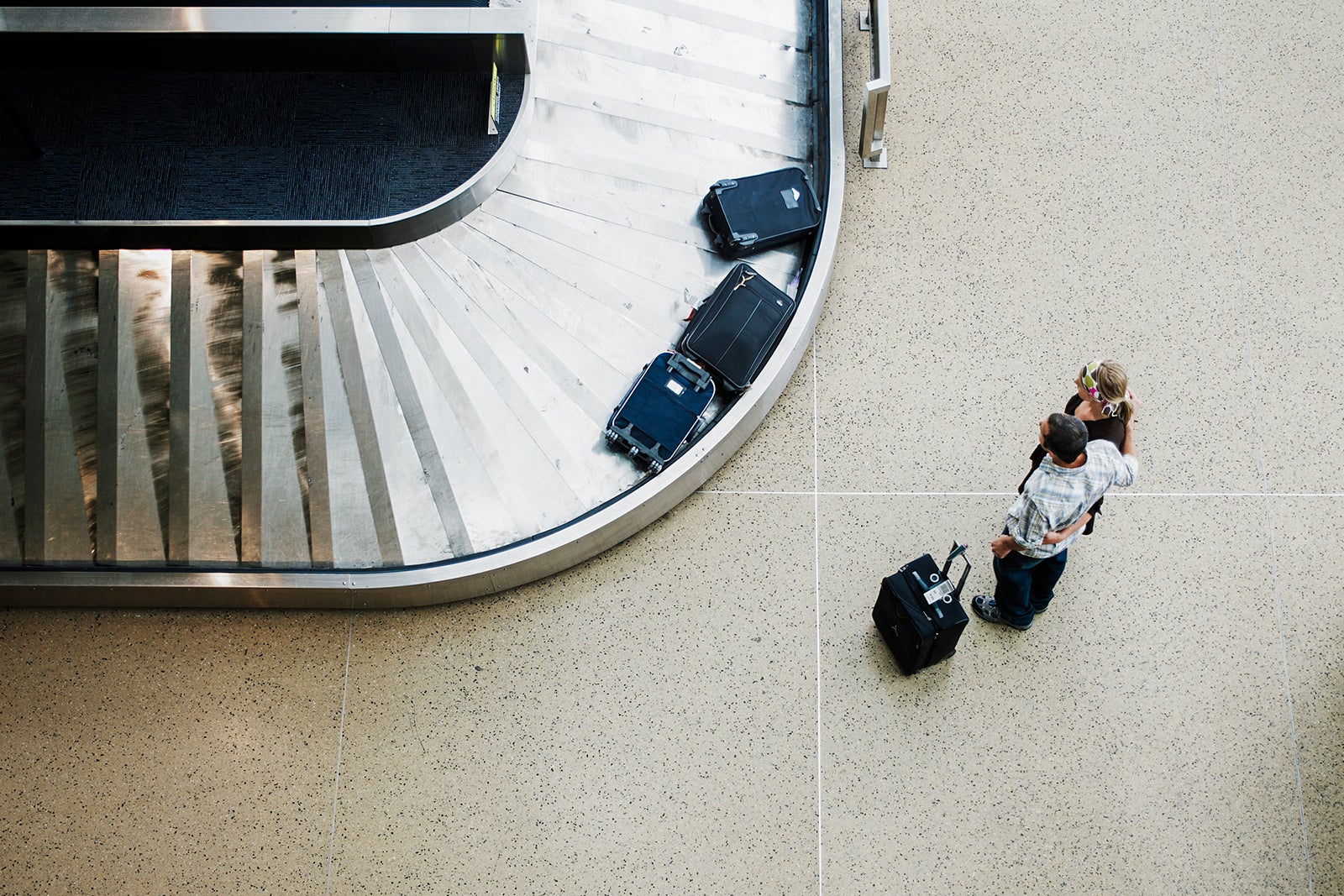
How to determine if your luggage is lost
There are some instances when bags appear to be lost even when they’re not.
Before assuming your bags are actually missing, take a minute to work through these three steps:
Practice patience (especially at busy hours and airports)
Airport baggage procedures can get quite complex at large hubs, so waiting 30 to 45 minutes for bags can be normal. Luggage from a single flight will sometimes come in waves as well — so just because your suitcase didn’t arrive with the first few rounds of luggage, that doesn’t necessarily mean it’s lost. Patience goes a long way in these situations.
Look elsewhere
If your bag doesn’t come off its designated carousel, there’s a chance it could have made the flight but have been offloaded elsewhere. Take a quick look at other carousels to see if the bag somehow made its way to a different one. It could also be waiting in the airline’s baggage office or another holding area. Many airlines’ apps allow you to track your checked luggage alongside your journey, so check the app if you can at this point to see if the carousel is correct.
In theory, something like this should not happen, but we’ve seen multiple examples of bags arriving at their final destination only to be sent to the wrong baggage carousel at the final pickup point. So double-check before reporting your bag as missing to the airline — it could save you a lot of time.
Check your Apple AirTag if you have one
If you have an Apple AirTag in your bag (and we highly recommend that you add this handy item to your packing list), this would be a good time to activate the “Find My” feature on your iPhone. Check and see if your bag is in the general vicinity. If it’s nearby, activate Play Sound on your AirTag, then follow the chirping noise if you can hear it.
Related: How to track your luggage with Apple AirTags
If you can see that your bag hasn’t made it to the airport, move on to the next step.
Related: Apple debuts a cool new way to help airlines find your missing bag
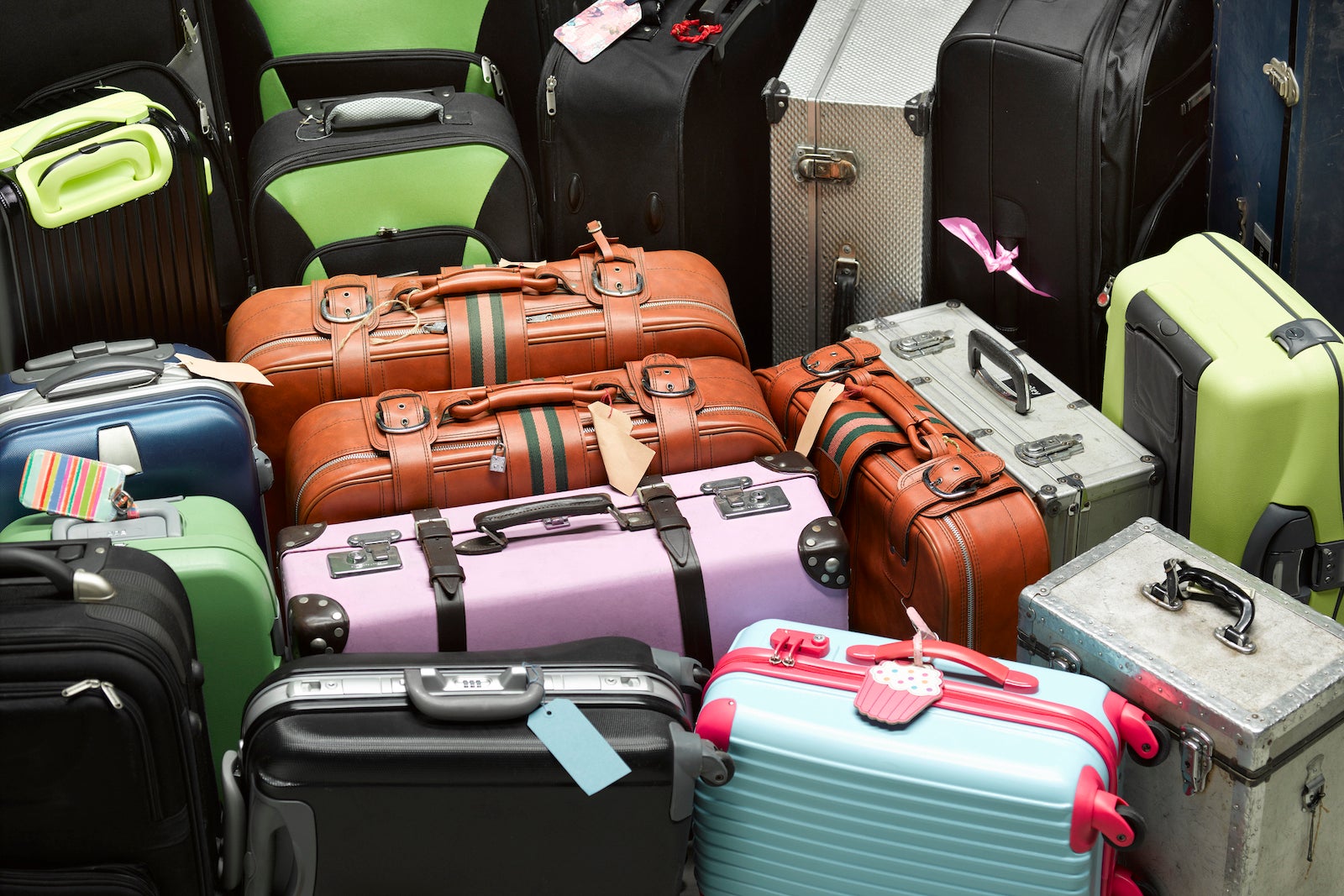
How to report a missing bag
If you’ve tried all of the above advice and still can’t find your bag, it’s time to alert the airline.
Before you do, take a deep breath and try to stay calm. You may not get the immediate answers you want, but keep in mind that the airline wants to find your luggage as much as you do. Let’s run through four key steps to report your missing luggage:
Locate the baggage desk for the airline that operated your final flight
First, find the airline baggage desk. If your entire trip was on a single airline, this should be simple.
However, if you were on a connecting itinerary and flying with multiple airlines, the claim must be filed with the operating carrier of your last flight, because that airline is ultimately responsible for delivering your bag to you — even if the bag never made it into its system.
Keep in mind that if you’ve flown into a small airport, you may need to report the missing bag to a contract agency that works with multiple airlines. Just look for the logo of the carrier that operated your last flight.
Inform the agent about your missing bag
Once you’ve figured out where to report it, inform the agent that your luggage didn’t arrive as expected. Provide your copy of the bag tag that you received at check-in and have the agent look up your information. Alternatively, you could show the agent your bag’s status in an airline’s app for confirmation, if this service is available. If you have an Apple AirTag, you may also be able to activate “Share Item Location” to provide your carrier with a map.
This may help you identify whether your luggage is still en route. But if not, it’s time to move on to the next step.
File a missing baggage report
If an agent can’t provide any insight into the whereabouts of your baggage and you don’t have any other way of tracking its current location, you need to file a missing baggage report.
When you do this, give the agent as much information as you can about your bag and your travel plans, including the size, color and material of the bag and any identifying tags. (Since most bags look alike, consider adding a distinct feature to differentiate yours before you depart, such as tying a colorful ribbon on the handle. Put your contact information inside the bag as well as on the outside, in case your ID tag is no longer on your bag.)
Related: Tips to help keep an airline from losing your luggage
Fill in the report with your local address and contact information, and be sure to get the phone number of the lost luggage desk and a reference or tracking number.
Many airlines keep everything in one computerized system for easy tracking. However, if your luggage goes missing in a smaller airport with less technology, you may wind up with a yellow copy of a triplicate form.
Ask what the airline will cover
While you’re filing a report, be sure to ask what the airline is willing to provide for compensation and to what extent it will reimburse you.
For example, many carriers will keep amenity kits on hand for customers with missing luggage. Some will even provide courtesy car seats if, for example, your child’s seat is delayed. In addition, they should provide some reimbursement for reasonable expenses.
Double-check your airline’s policy for delayed bags, some of which are outlined below:
- Alaska Airlines: Allows reimbursement for “travel essentials”
- American Airlines: Allows reimbursement for “items you need immediately while away from home without your bags”
- Delta Air Lines: Allows “reasonable expense reimbursements” of generally $50 per day for the first five days
- United Airlines: Allows “reimbursement for expenses” based on acceptable proof of claim
- Southwest Airlines: Allows for “reimbursement of reasonable expenses you may have incurred”
The agent with whom you file the missing bag report should be able to provide you with the guidelines for the given carrier, including whether or not you’re eligible for a refund of any checked baggage fee you paid.
Just note that if you’re arriving home after a vacation or business trip, the airline usually won’t cover any expenses for delayed baggage aside from returning your bag to you.
If you’re traveling on Delta or Alaska, submit a baggage guarantee claim because both carriers will offer 2,500 bonus miles if your bags aren’t delivered to the carousel within 20 minutes of arrival in most circumstances.
What to do if your baggage is delayed
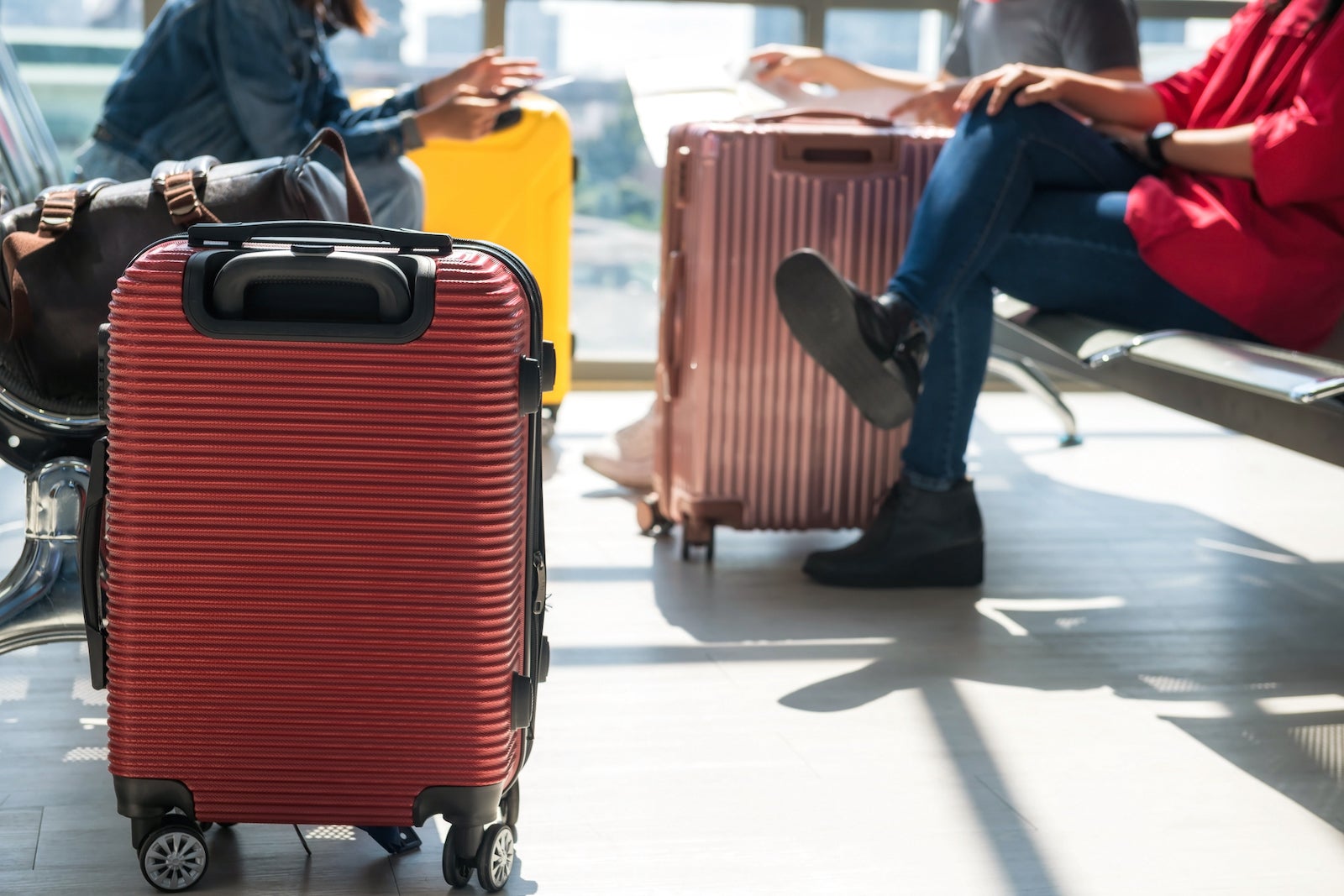
As noted above, some “lost” bags may just be delayed. Ideally, a carrier’s baggage agent (or even the airline’s app) can tell you exactly where the bag was last scanned. It may only be a matter of hours or (at worst) a day or two before you reunite with your suitcase.
Once you’ve reported it to the airline, here are four tips for handling a delay:
Make them come to you
One of the most important things to include in your claim form is your local address. Do not offer or agree to return to the airport to retrieve your bags.
If your bag hasn’t arrived with you, the airline’s baggage office (or contract agency) is responsible for returning it to you and should be willing to cover the cost of doing so.
This tactic may even work when you’re continuing on a flight to another city.
Several years ago, my wife and I flew from Orlando International Airport (MCO) to Sydney Airport (SYD) via Los Angeles International Airport (LAX) on a Delta award ticket. We then booked a separate one-way ticket from Sydney to Adelaide Airport (ADL) in Australia on Virgin Australia, as Delta couldn’t include this flight on our award ticket.
Unfortunately, our bags were somehow left in Los Angeles, and we were nervous they wouldn’t be able to get to us in Adelaide. Fortunately, they arrived roughly 30 hours later; they were put on the next day’s flight from LAX to SYD before being transferred to a Virgin Australia flight and driven to our hotel.
Go shopping and keep receipts
Once you’ve reported your bag as missing, the waiting game begins. However, you may need to pick up the essentials while your bag is located. As mentioned earlier, most airlines will reimburse you for “reasonable expenses” while you’re waiting for your bag — think things like a change of clothes, a toothbrush, toothpaste and deodorant.
Even so, airlines usually require original receipts for every purchase you make, so this isn’t an invitation to pick up a six-pack or go out to a nice dinner. Focus on the bare essentials in the hope that your bag will arrive soon.
Continue to track your bag
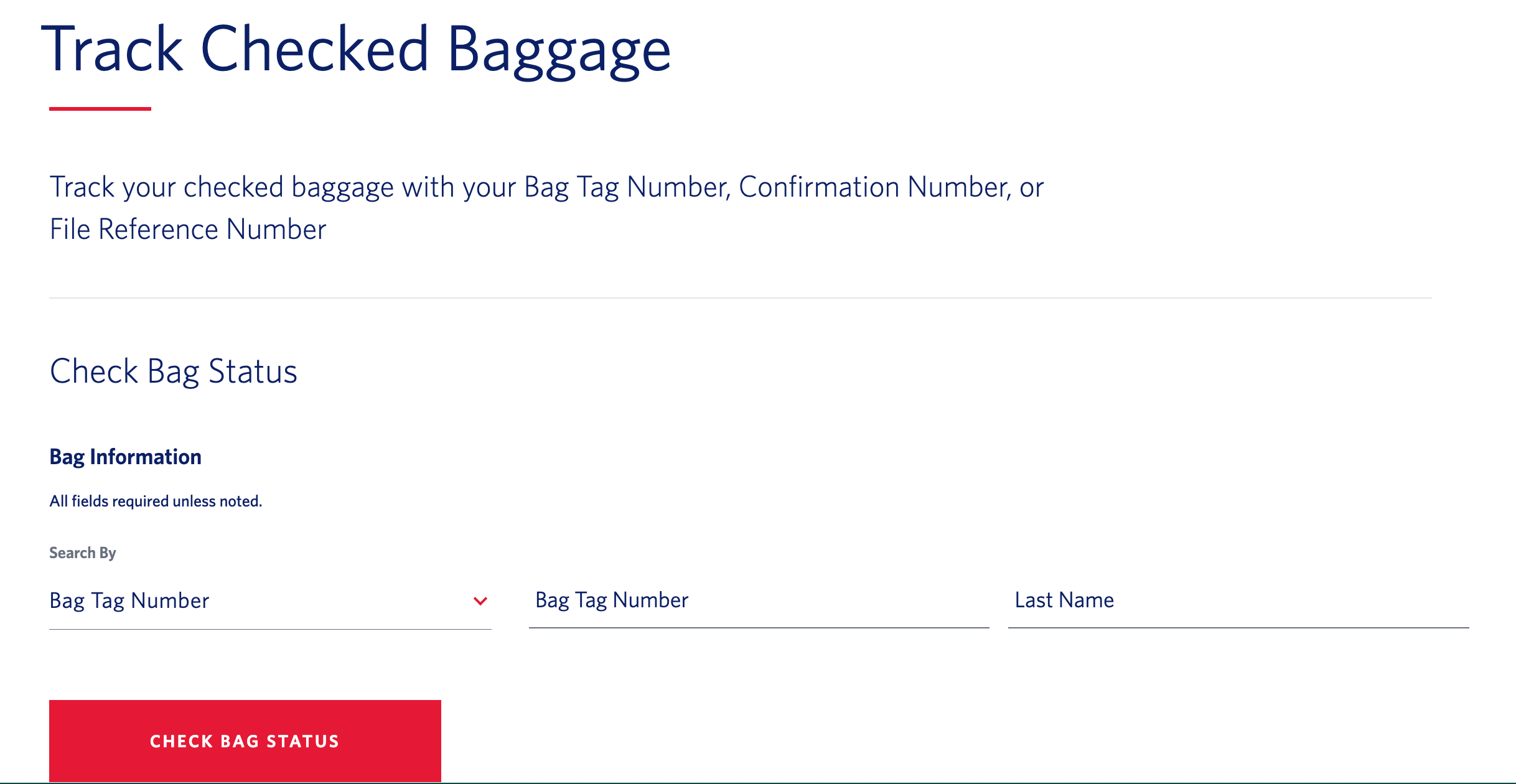
Once you’ve picked up your essentials and reached your hotel or other accommodation, you may want to check the status of your bag yourself and see if there’s an update. If you have your original bag tag or a reference number associated with the missing bag report you submitted, you may be able to stay updated online.
Below are links to the major carriers’ online bag search tools.
- American: Enter your last name and file number.
- Delta: Enter your last name and bag tag number, confirmation number or file reference number.
- United: Enter your file reference number and first and last name.
Escalate when necessary
If you aren’t receiving updates through the online system and can’t get any details from the local airport, consider escalating the claim through other channels.
For example, when my bag didn’t make a connecting flight from John F. Kennedy International Airport (JFK) to Montreal-Trudeau International Airport (YUL) and wasn’t loaded on any of the next three nonstop flights, I contacted DeltaAssist via X. The service promptly investigated the situation and made sure my bag was added to the next flight.
You can also try calling customer service — and if you have elite status with the carrier, you may get a more proactive agent willing to help.
If you still aren’t getting anywhere and it’s been longer than 24 hours, I recommend filing (or at least threatening to file) a complaint with the Department of Transportation. While this almost certainly won’t help resolve your claim any quicker, it will draw greater attention to the matter.
Since these complaints are compiled and reported each month, airlines have an incentive to keep them at a minimum. Even if your bag is eventually located, you should report any hassles or frustrations you encounter during the process.
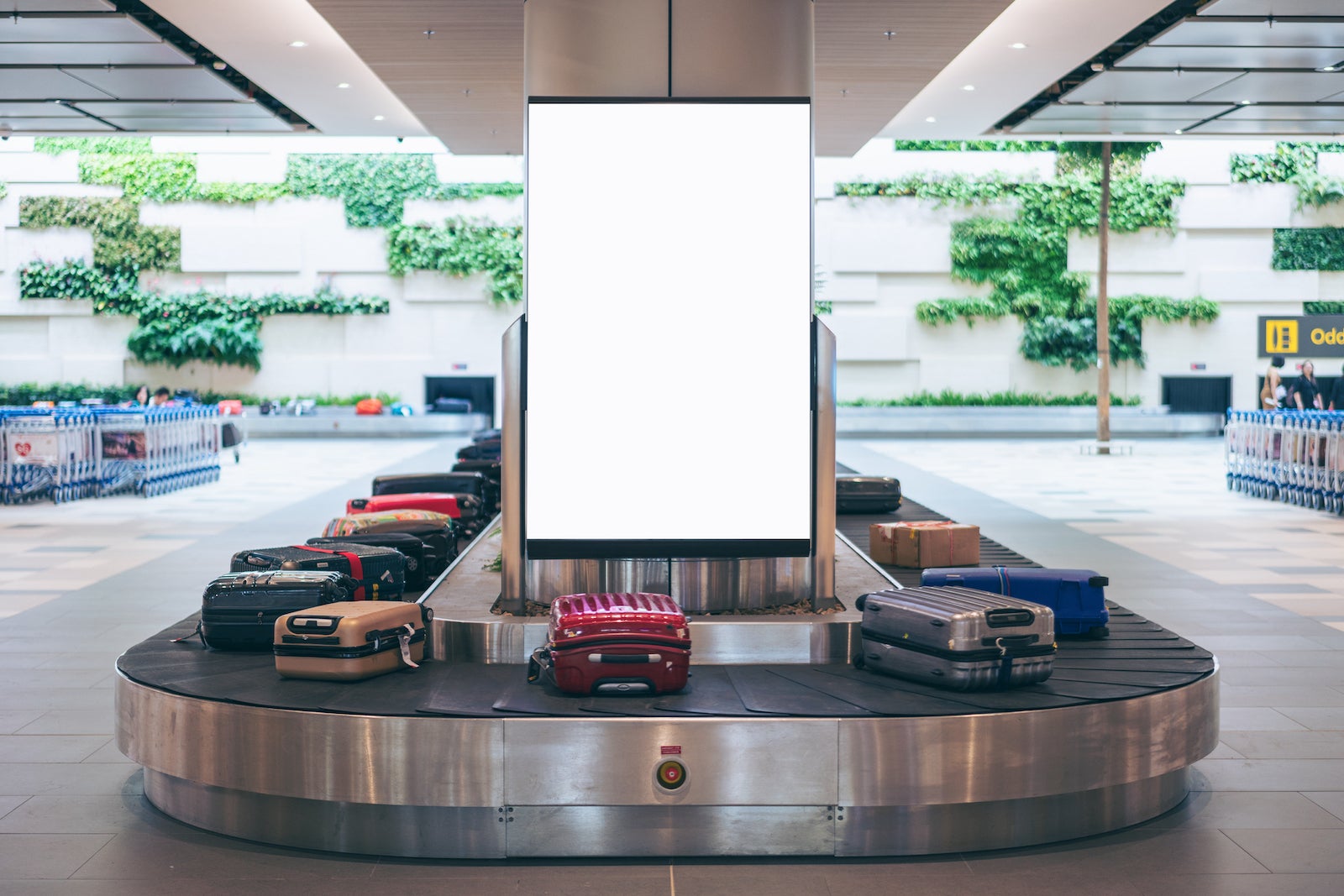
How to use credit card coverage
Although airlines may try to limit the reimbursement they provide for reasonable expenses when your bags are delayed, there are some credit cards that cover baggage delays, including lower-fee cards.
Here’s a sample of travel rewards credit cards with baggage delay coverage, along with pertinent details of the policy:
| Card | Length of delay | Maximum amount | Who’s covered? |
| Chase Sapphire Reserve® | Six hours | $100 per day for five days | Cardholder and immediate family |
| Chase Sapphire Preferred® Card | Six hours | $100 per day for five days | Cardholder and immediate family |
| United Explorer℠ Card | Six hours | $100 per day for three days | Cardholder and immediate family |
| Bank of America® Premium Rewards® credit card | Six hours | $100 per day for five days | Cardholder and immediate family |
Note that the above benefits don’t kick in unless you purchased part of (or sometimes the entire) flight with that specific card for you and your family — so be sure to investigate the individual policy to understand what is and is not covered.
Also, remember this is secondary coverage, and thus only applies after you’ve submitted claims with the airline that delayed your luggage.
What to do if your luggage is lost
Generally speaking, an airline will classify your bag as truly lost after 14 to 21 days — though it may happen sooner. Once this determination is made, you can then file a claim against the airline for lost (rather than delayed) baggage, which typically allows for higher compensation.
You’ll need to submit a new claim now that the bag is truly lost, and this process tends to be more detailed.
Most claim forms will ask you to list everything that was in the bag, including purchase dates and even original receipts for items over a certain dollar amount. Depreciation does apply here: Don’t expect to get full reimbursement for a suit you bought five years ago for $300.
Remember, this isn’t a chance to fleece the airline; there are specific rules in place to govern this type of situation. Also, note that any compensation amounts you’re eligible for depend on the country of travel.
For example, if you’re traveling wholly within the U.S., carriers must set their limits for compensation for lost baggage at no less than $3,500. Amounts vary by country.
Airline-specific rules
The above-mentioned limits are not set payments for when an airline completely loses your bag. You still need to submit the claim with details of the contents of your luggage.
Additionally, if an airline has already paid for your expenses while your bag was thought to be delayed, that amount will likely be deducted from your final payout.
The above advice related to credit cards applies here as well, as many top travel rewards credit cards will cover baggage loss if you paid for some or all of the trip with your card.
These policies vary widely by issuer and card, so be sure to read the specific policy of the card you used to purchase the trip before submitting a claim. (Note: This coverage is generally secondary, meaning the issuer will pay out after you receive compensation from the airline.)
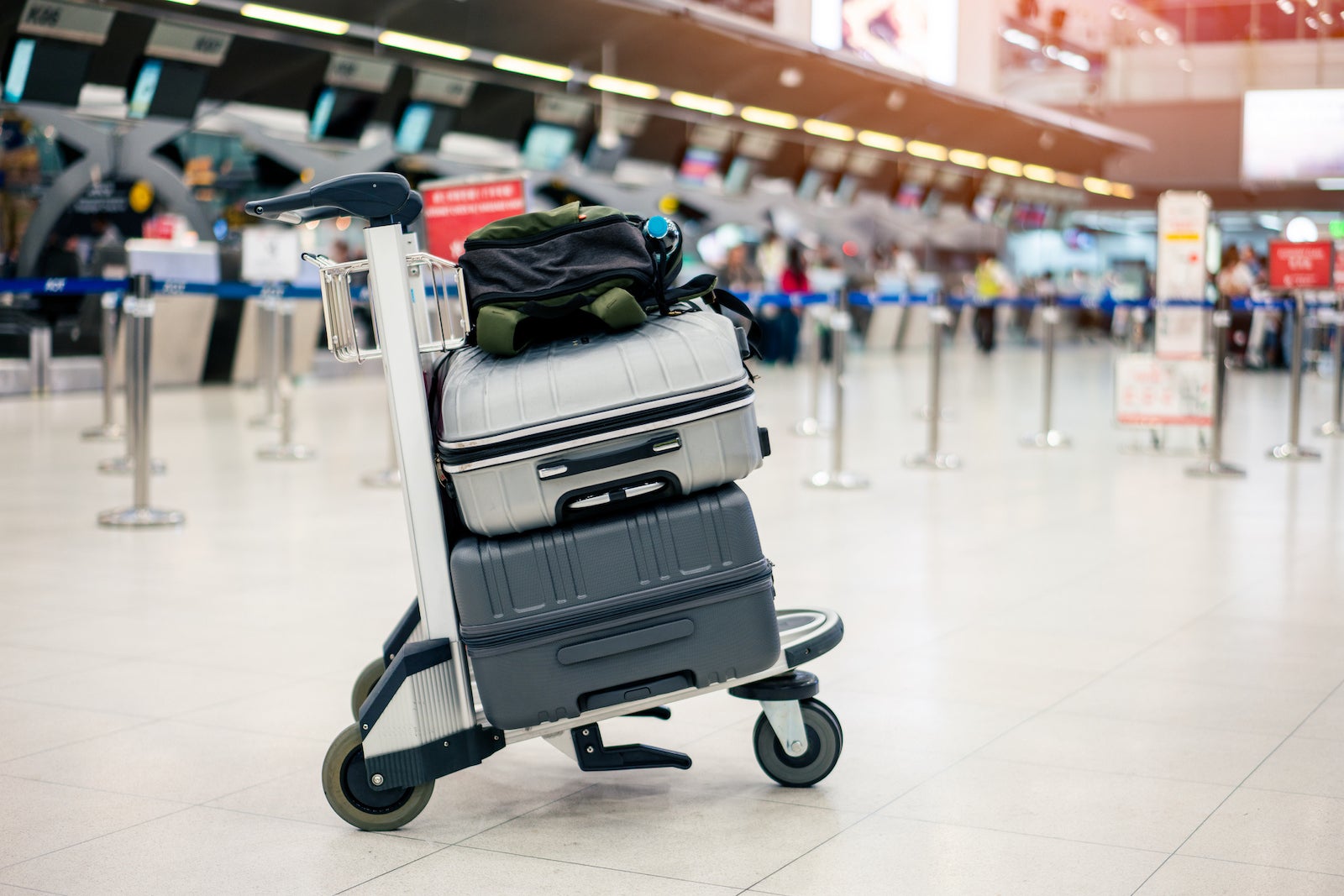
What to do if your flight is canceled and you already checked your bag
If you don’t check bags frequently, you may not know what happens to checked luggage already loaded onto a plane before a cancellation occurs.
If you’ve checked a bag and your flight is suddenly canceled, plan to retrieve your bag from the baggage carousel where checked bags will be reloaded. Airlines will attempt to reroute the bag to your final destination — or their system may do so automatically — depending on the airline and airport.
How to reduce the chances of lost or delayed luggage
The tips in this article will help when your bag is mishandled, but there are also a few steps you can take to minimize the chances of this happening before you even get to the airport.
Keep the itinerary simple
Is it worth saving $50 to book a multistop itinerary on three different airlines with tight connections when you could book a simple one-stop flight on a single carrier? The more airlines involved in a trip, the easier it becomes for them to blame one another when your bag doesn’t make it.
Prep your bag in advance
Remove all existing labels and tags from your previous trips, like destination bag tags and any barcode stickers. Old tags can potentially create confusion about where your bag is headed on your current trip.
Add a baggage tag on the outside of your suitcase with your name, phone number and email (and consider adding one inside, too, in case the outside tag falls off or gets lost).
If you want to take it a step further, you may want to photograph the contents and outside of the checked suitcase for future identification purposes.
Always bring a carry-on
If you’re checking a bag, you should still pack a carry-on to ensure you have the essentials you need when you arrive. My family lost almost a full day in Australia shopping for clothes while we waited for Delta to deliver our bags. Ideally, you won’t need to rely on these items — but it’s a good fallback.
And you should always keep important (and valuable) items in your carry-on. A good rule of thumb: If you absolutely need it, don’t check it. Medication, glasses, contact lenses, jewelry, electronics, cash and other essentials should all be in your carry-on bag or personal item. Most insurance policies and airline reimbursement policies won’t cover these items if your bag is delayed or lost, so you’re better off keeping them with you in general.
Bottom line
As much as we wish it weren’t true, bags often get delayed and sometimes get lost. Having a good plan in place for when this happens — and taking a few risk-mitigating steps in advance — can help make a bad situation a little better.
Related reading:

